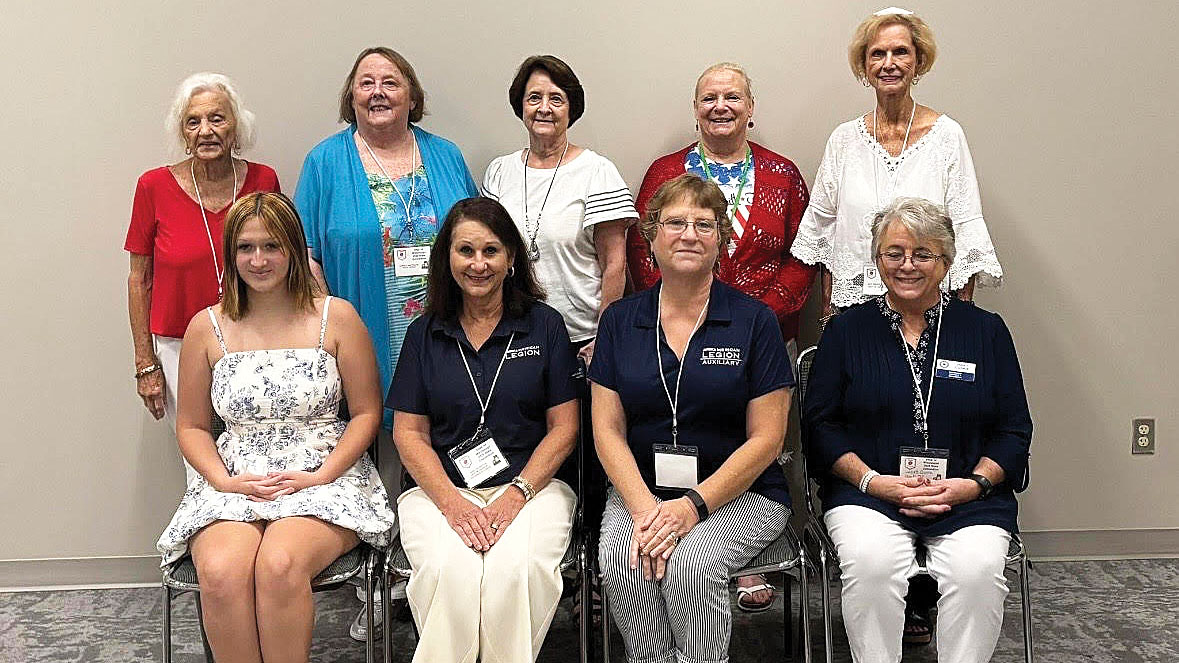Flooded residents: Finish the pumps
Published 6:46 pm Friday, June 14, 2019
On a recent trip up Hwy. 61 to Lake Washington, I saw first-hand the devastation backwater flooding has brought to the lower Delta.
Fields have turned to lakes. Homes have been submerged. Lives have been ruined. Hwy. 61 felt more like a bridge — with water on both sides — than a road.
The small communities north of Vicksburg are literally under water. And until the river level drops, the water trapped behind the levee isn’t going anywhere.
Trending
Countless small roadside businesses have been affected. Churches, too. I only saw a few homes from the highway that were high enough to escape the water. And even those were cut off from the road.
Residents had boats tied to mailboxes and tractors parked near driveways — the only way to get in or out of flooded property.
Estimates are that more than 860 square miles have been flooded.
Several residents had posted hand-painted signs on their flooded porches — “President Trump, finish the pumps.”
The federal government started a pump project that would remove backwater from flood-prone areas, but never finished it.
Brookhaven’s Cindy Hyde-Smith this week asked Trump to order temporary pumps to begin pumping floodwater over the levee.
Trending
“There is an immediate need to remove the trapped floodwaters, which can only be accomplished by pumping it from the protected side of the levee system,” Hyde-Smith wrote in her letter to Trump. She likened it to the deployment of pumps to drain low-lying areas of New Orleans after flooding associated with 2005’s Hurricane Katrina swamped the city. She said the government could use money included in a disaster relief act passed last week to pay for “dewatering,” The Associated Press reported.
Hyde-Smith has previously tried to get the permanent pump project restarted. The project was vetoed in 2008 by George W. Bush’s administration, citing harmful effects to wetlands.
Environmentalists have opposed plans for permanent pumps, saying the pumping station is a multi-hundred million dollar boondoggle that would most benefit large farmers in the area, while draining a complex of wetlands that are of national importance, AP reported.
“To me, this is something of a Trojan horse to get pumps in place that would stay in place,” said Melissa Samet, senior water resources counsel for the National Wildlife Federation.
The problem is that the water pumped from the backwater has to go somewhere. That water would flow into the Yazoo and eventually into the Mississippi River, which is already swollen. Its height is the reason flood gates can’t be opened to drain the backwater.
Human hands have done so much to the river that it’s hard to know how to fix the many problems we’ve created. If the backwater is drained, there’s the potential that someone downstream will be flooded, or that wildlife will be impacted, or that sealife will be harmed. There appears to be no good answer.
But none of that matters to the folks who are staring at 4 feet of backwater in their homes, or farmers who can’t work because their fields have become lakes, or businesses that depend upon farm communities.
They simply want the water gone — and their lives back. That’s hard to argue with.
Email publisher Luke Horton at luke.horton@dailyleader.com





